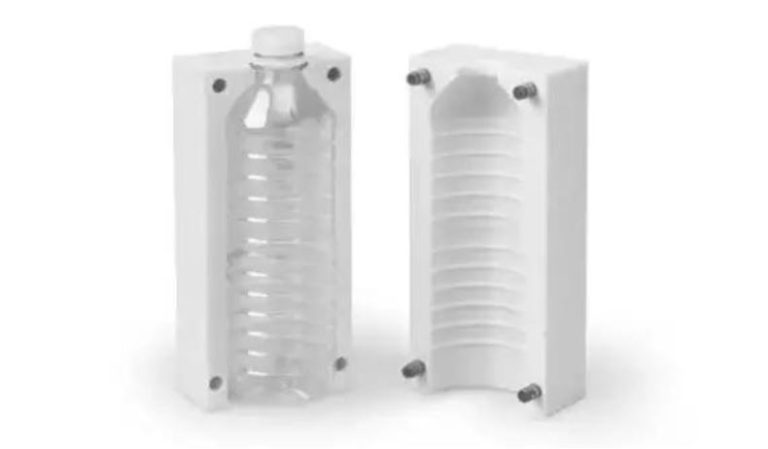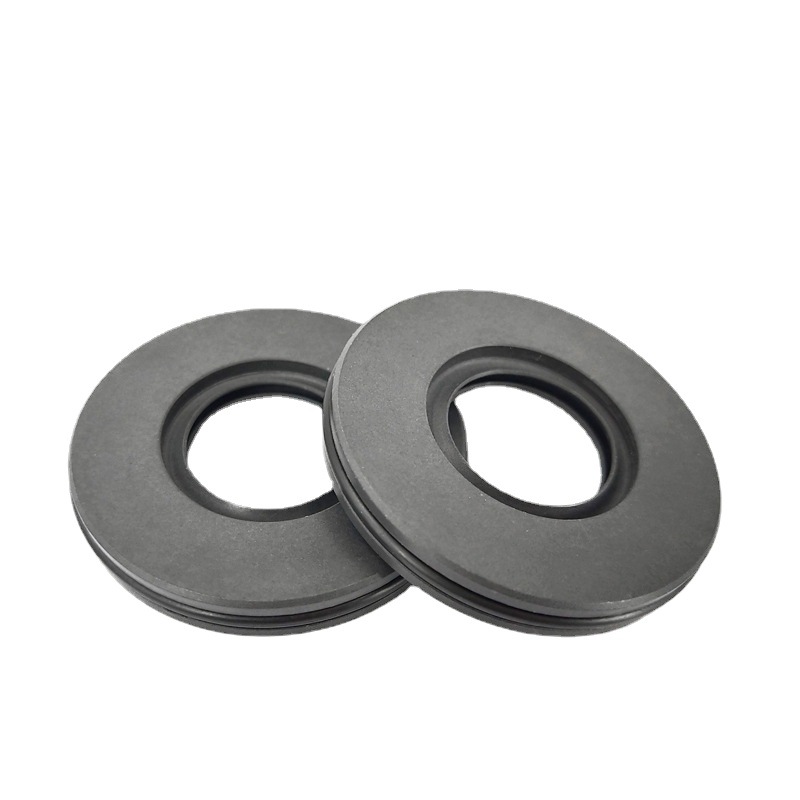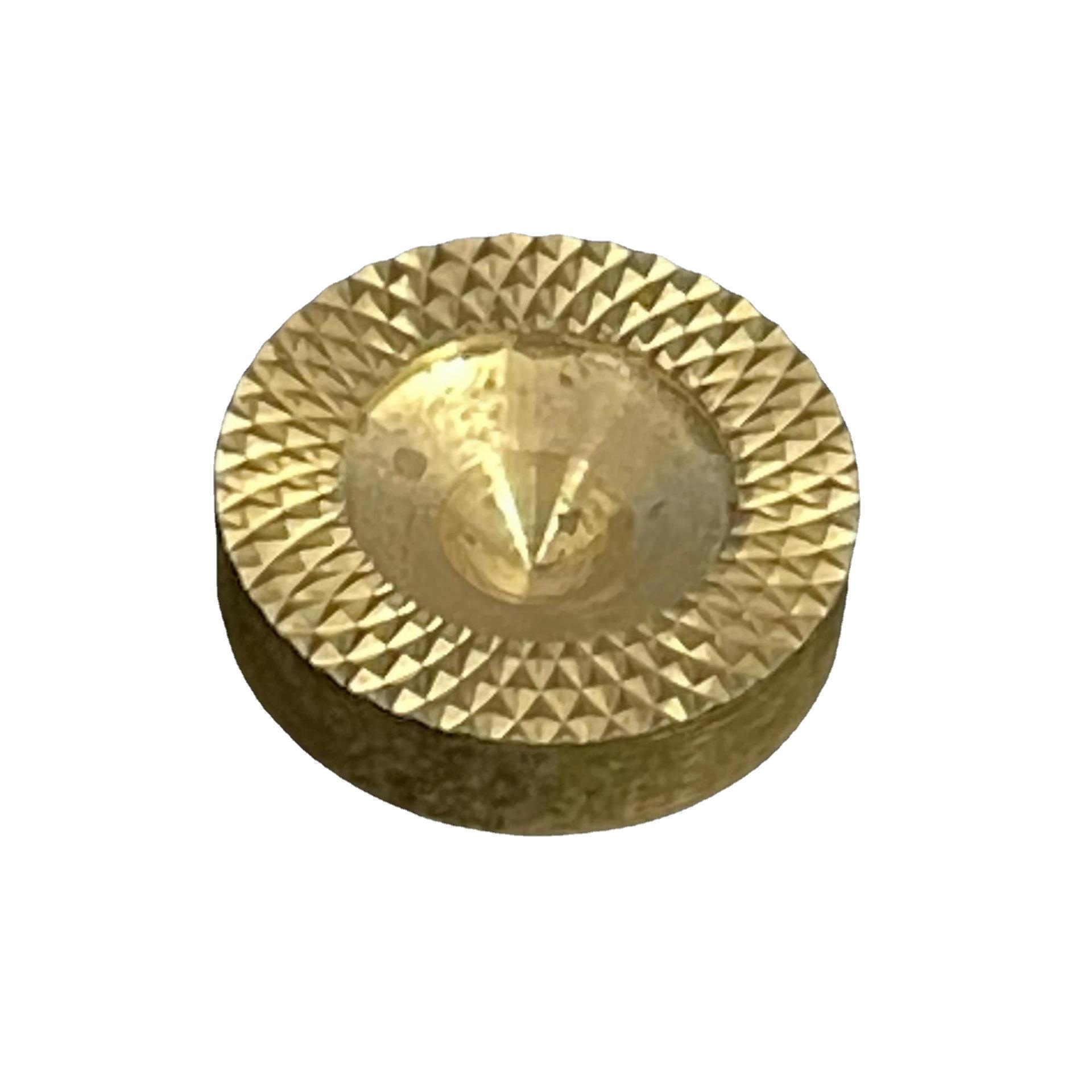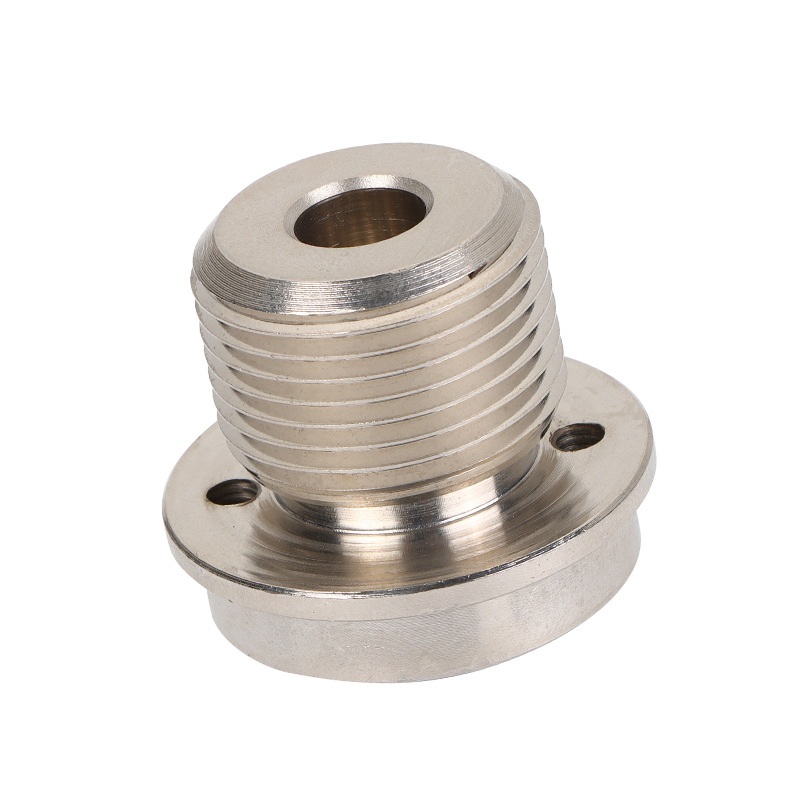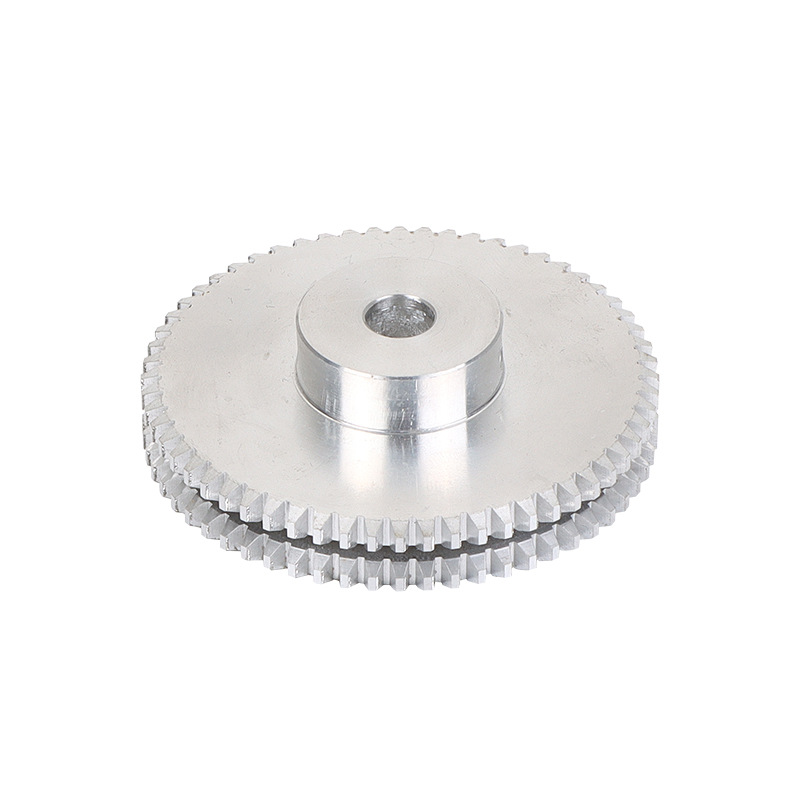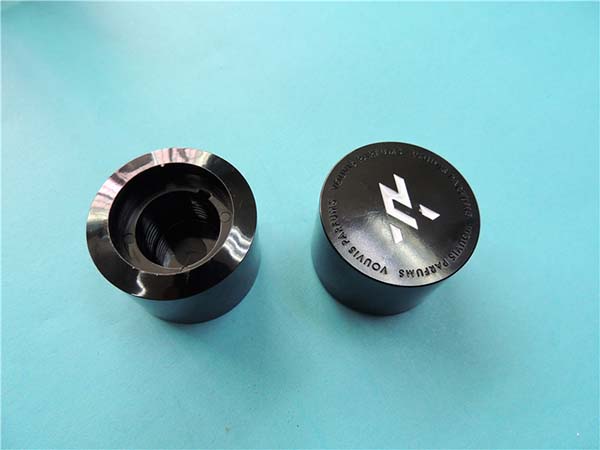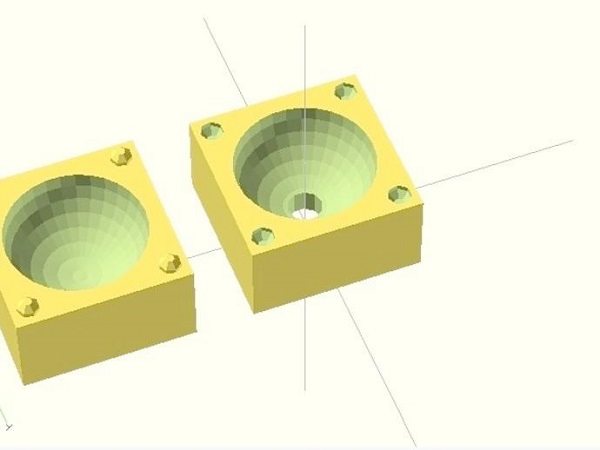Introduction
What is WAAM 3D Printing and Why is it Important?
Definition and Basic Principle
WAAM, short for Wire and Arc Additive Manufacturing, is a fascinating branch of Directed Energy Deposition 3D printing technology. In simple terms, it creates three - dimensional metal components by melting a metal wire using an electric arc and then depositing the molten metal layer by layer. This process is based on automated welding techniques.
The system typically consists of a power source for generating the arc, a wire feeder to supply the metal wire, and a robotic arm or a gantry system for precisely controlling the deposition path. For example, when printing a complex aerospace component, the CAD model of the part is sliced into multiple layers in the software. The system then reads the data of each layer and guides the wire - feeding and arc - generating mechanisms. As the wire is melted by the high - temperature arc, it is deposited onto the growing part, gradually building up the component, layer by painstaking layer.
Importance in the Manufacturing Industry
WAAM 3D printing has emerged as a game - changer in the manufacturing industry, especially in sectors like aerospace, automotive, and marine.
In the aerospace industry, there is a constant need for high - strength, lightweight components with complex geometries. WAAM allows for the production of such parts, reducing the weight of aircraft and spacecraft, which in turn leads to significant fuel savings and increased performance. For instance, some aerospace companies have used WAAM to manufacture titanium alloy engine components. These components, with their intricate internal structures designed to optimize airflow and heat dissipation, would be extremely difficult and costly to produce using traditional manufacturing methods.
In the automotive industry, WAAM can be used for rapid prototyping of new parts. It enables car manufacturers to quickly test and iterate on new design ideas, reducing the time - to - market for new vehicle models. Additionally, for small - batch production of custom parts, WAAM offers cost - effective solutions compared to large - scale injection molding or machining processes.
In the marine industry, WAAM can be used to repair or manufacture large - scale components such as propellers. Since these components are often made of corrosion - resistant alloys and have complex shapes, traditional repair methods can be time - consuming and expensive. WAAM allows for on - site or near - site repair, reducing downtime and maintenance costs.
Working Mechanism of WAAM 3D Printing
Key Components
The operation of WAAM 3D printing relies on several key components, each playing a crucial role in the overall process:
- Multi - axis robotic arm: This is the mechanical component responsible for the precise movement during the deposition process. It can move in multiple directions, typically with six or more axes of freedom. For example, a six - axis robotic arm can rotate and translate in different planes, allowing it to deposit the molten metal precisely according to the predefined path. This high - degree of freedom enables the creation of complex 3D shapes that would be difficult to achieve with a more limited - motion system.
- Welding power source: The welding power source generates the electric arc, which is the heat source for melting the metal wire. There are different types of welding power sources used in WAAM, such as MIG (Metal Inert Gas), TIG (Tungsten Inert Gas), and plasma arc welding power sources. Each has its own characteristics. For instance, MIG welding power sources are known for their high deposition rates, making them suitable for applications where speed is important, while TIG welding power sources can provide more precise heat control, which is beneficial for delicate or high - precision parts.
- Wire - feeding system: This system is responsible for supplying the metal wire to the welding area at a controlled rate. The wire - feeding speed is a critical parameter as it directly affects the amount of material deposited per unit time. A stable and accurate wire - feeding system ensures a consistent deposition of the metal, which is essential for maintaining the quality and integrity of the printed part. For example, in a high - speed WAAM process for manufacturing large - scale components, the wire - feeding system needs to be able to supply the wire smoothly at a relatively high rate to keep up with the deposition speed.
- Control system: The control system is the “brain” of the WAAM 3D printing setup. It reads the sliced CAD model data and sends commands to the robotic arm, welding power source, and wire - feeding system. It coordinates the movement of the robotic arm, the intensity of the arc, and the speed of wire - feeding. Advanced control systems may also incorporate sensors for real - time monitoring and adjustment. For example, a sensor can detect the temperature of the deposited layer, and the control system can then adjust the welding parameters to ensure that the temperature remains within an optimal range for proper solidification and material properties.
Step - by - Step Process
The WAAM 3D printing process can be broken down into the following sequential steps:
- CAD model preparation and slicing: First, the 3D model of the desired part is created using Computer - Aided Design (CAD) software. This model contains all the geometric information of the final product. Then, the CAD model is sliced into multiple horizontal layers using specialized slicing software. Each slice represents a cross - section of the 3D model, and the slicing process determines the thickness of each layer. For example, a typical layer thickness in WAAM can range from 0.5 mm to 3 mm, depending on the complexity of the part and the desired surface finish.
- Metal wire feeding: Once the slicing is complete, the wire - feeding system starts to supply the metal wire towards the welding area. The wire is usually made of a metal alloy suitable for the application, such as aluminum alloy for lightweight structures or stainless steel for corrosion - resistant components.
- Arc melting: As the metal wire reaches the welding area, the welding power source generates an electric arc. The high - temperature arc quickly melts the tip of the metal wire, creating a pool of molten metal. The temperature of the arc can reach several thousand degrees Celsius, depending on the type of welding power source used.
- Layer - by - layer deposition: The robotic arm moves the welding torch along the path defined by the sliced CAD model data. As it moves, the molten metal is deposited layer by layer. Each deposited layer solidifies rapidly as it cools, bonding with the underlying layer. The process continues layer after layer until the entire 3D part is built up. For example, when printing a complex aerospace bracket, the robotic arm will deposit the molten metal in a precise pattern for each layer, gradually building up the intricate shape of the bracket.
- Post - processing: After the printing is complete, the part usually undergoes post - processing steps. This can include machining to achieve the final dimensional accuracy and surface finish, heat treatment to improve the mechanical properties of the metal, and inspection using techniques such as non - destructive testing (NDT) to ensure the integrity of the part.
Yigu Technology's View
As a non - standard plastic metal products custom Supplier, Yigu Technology believes that WAAM 3D printing has unique advantages in manufacturing large - scale metal parts. Its high - speed deposition and low - cost characteristics make it an attractive option for industries with demands for large - sized components. However, we also recognize the challenges it faces, such as relatively low precision and potential internal defects. These issues can be addressed through continuous parameter optimization and post - processing improvements. We are optimistic about the future application prospects of WAAM 3D printing in various fields, and we are committed to exploring its potential in combination with our custom - manufacturing services to provide more innovative solutions for our customers.
FAQ
What types of metals can be used in WAAM 3D printing?
WAAM 3D printing is compatible with a wide range of metals. Common ones include titanium, which is highly valued in the aerospace industry for its high strength - to - weight ratio and excellent corrosion resistance. Aluminum is another popular choice, especially in applications where lightweight structures are required, such as in the automotive and marine industries. Nickel - based alloys are also used, particularly in high - temperature environments due to their superior heat - resistance properties. Steel alloys, including stainless steel and carbon steel, are frequently utilized in general manufacturing and construction - related applications. For example, in the construction of large - scale industrial equipment, WAAM - printed steel alloy parts can provide the necessary strength and durability.
How can the internal defects of WAAM - printed parts be minimized?
To minimize internal defects in WAAM - printed parts, several strategies can be adopted. First, it is crucial to accurately set the WAAM parameters. These include the wire - feeding speed, arc current, voltage, and layer thickness. Precise control of these parameters ensures consistent molten metal deposition and stable heat input. For instance, an inappropriate wire - feeding speed can lead to inconsistent material deposition, creating voids or porosity. Second, post - processing techniques such as mechanical working hardening or rolling can be employed. This involves applying pressure to the deposited layers during the cooling stage, which helps to reduce porosity. Additionally, pre - heating the base material can effectively reduce residual stress, which is a common cause of internal defects and part deformation.
Is WAAM 3D printing suitable for mass production?
Currently, WAAM 3D printing has unique advantages for manufacturing large - scale metal parts, such as high deposition rates and the ability to create complex geometries without extensive tooling. However, its full - scale application in mass production is still under review. One of the main challenges is the relatively lower dimensional accuracy and surface finish compared to some traditional manufacturing methods, which may require additional post - processing for mass - produced parts. Also, the process control for maintaining consistent quality in large - volume production can be complex. Nevertheless, with continuous technological advancements in process control, material development, and post - processing techniques, WAAM 3D printing may become more viable for mass production in the future, especially in industries with specific requirements for large - sized, custom - made metal components.
